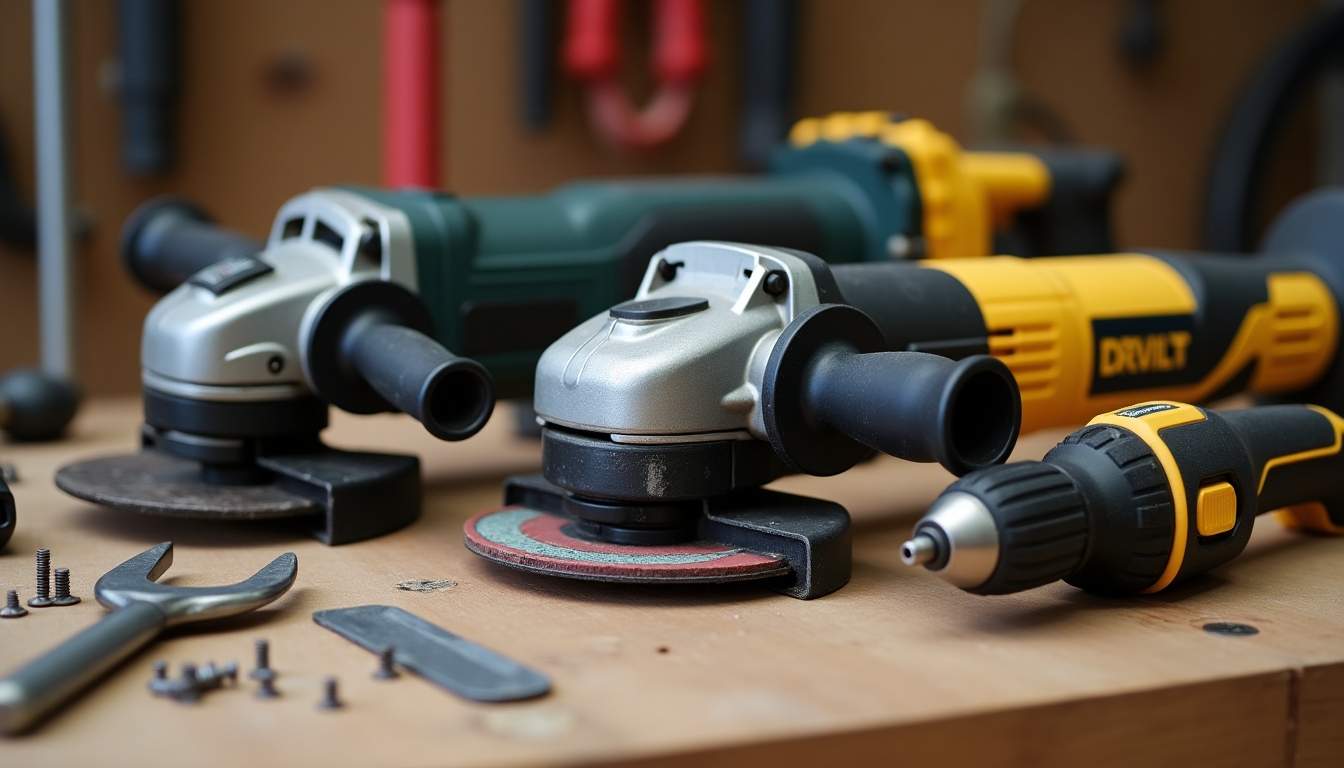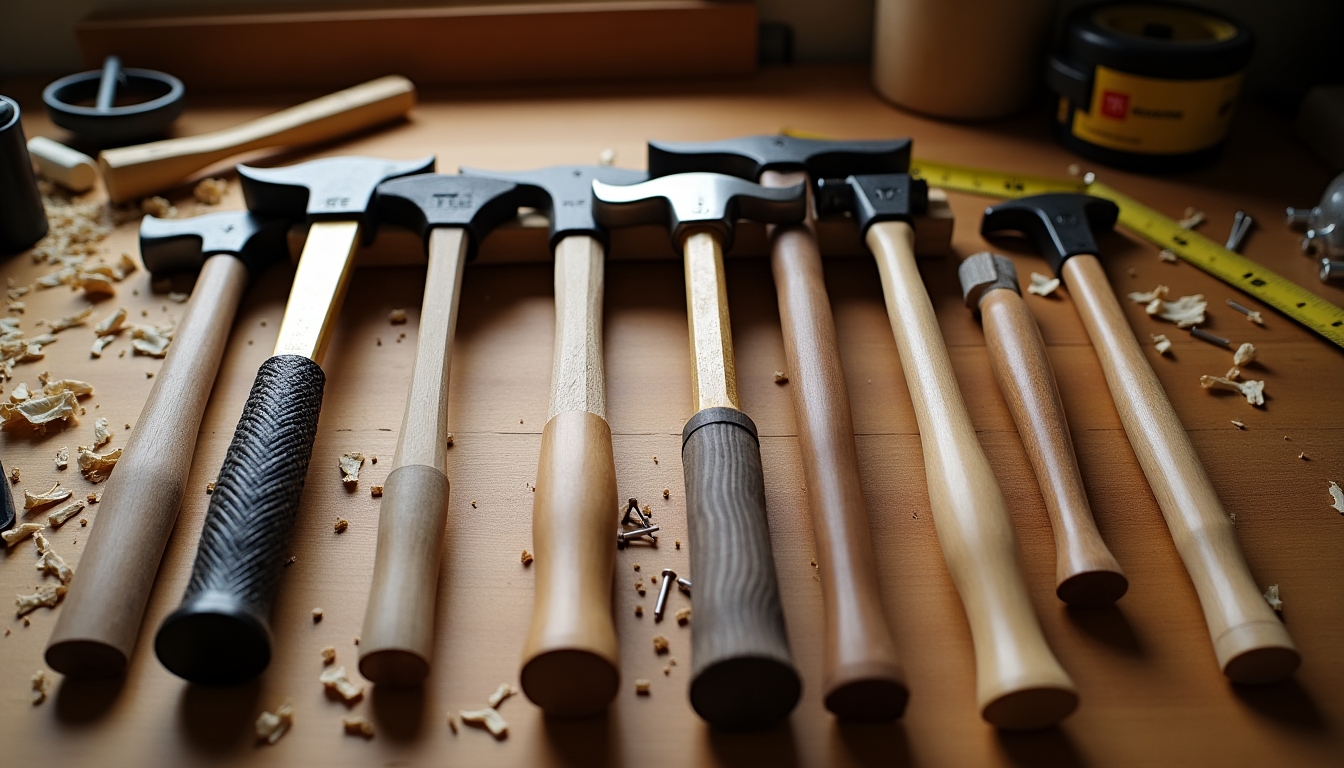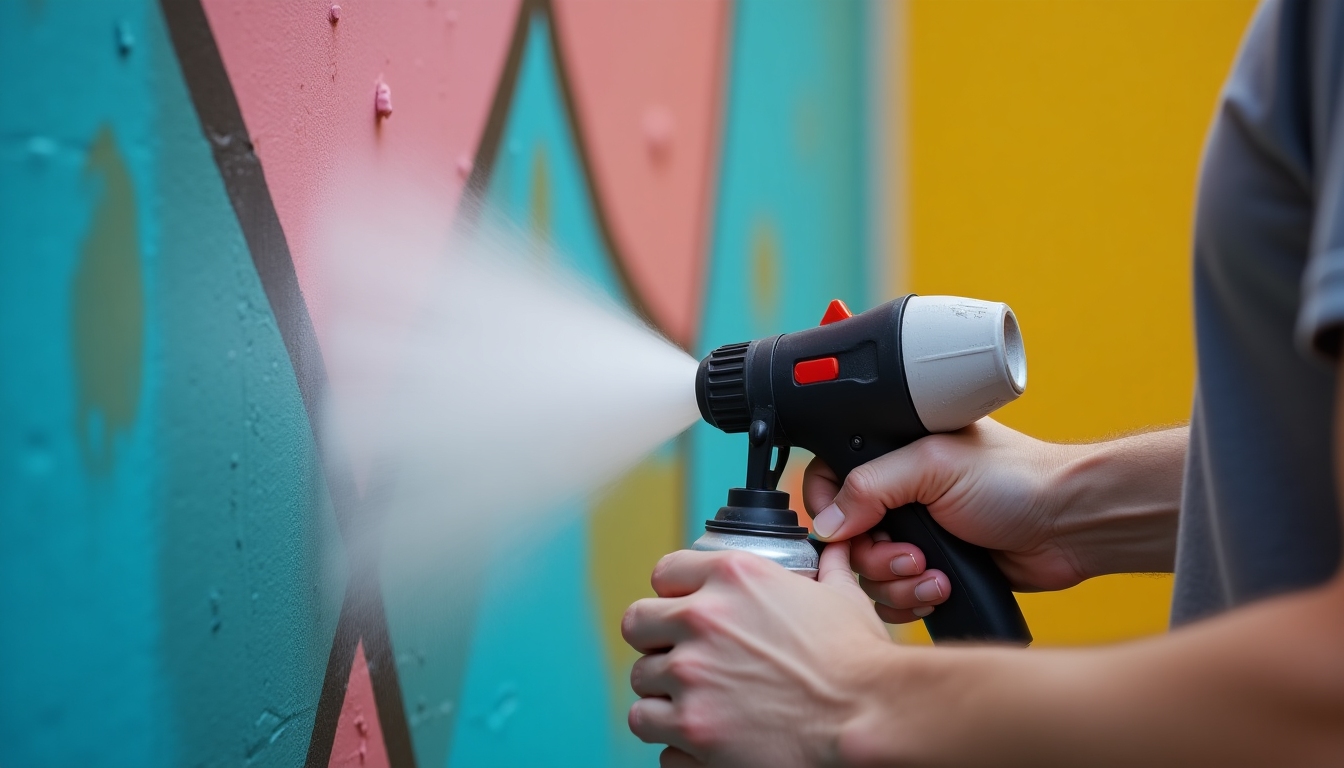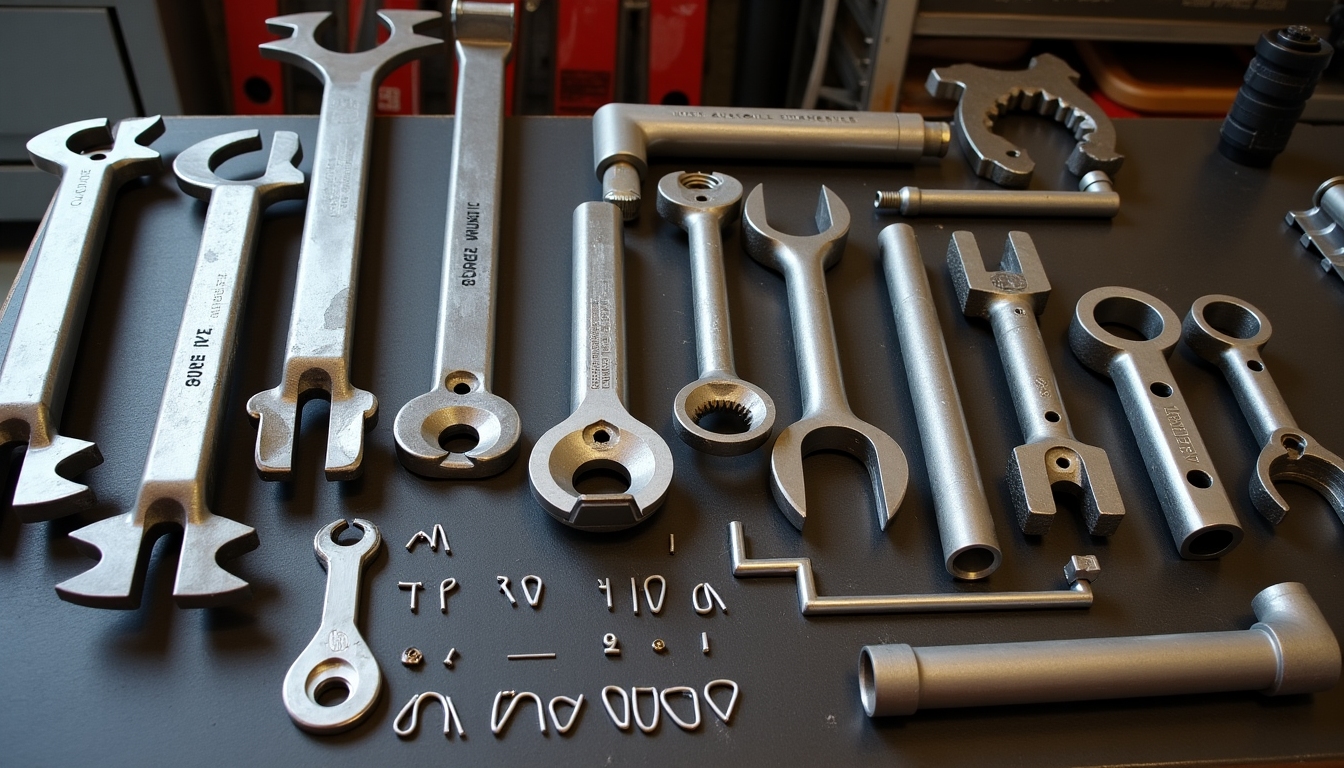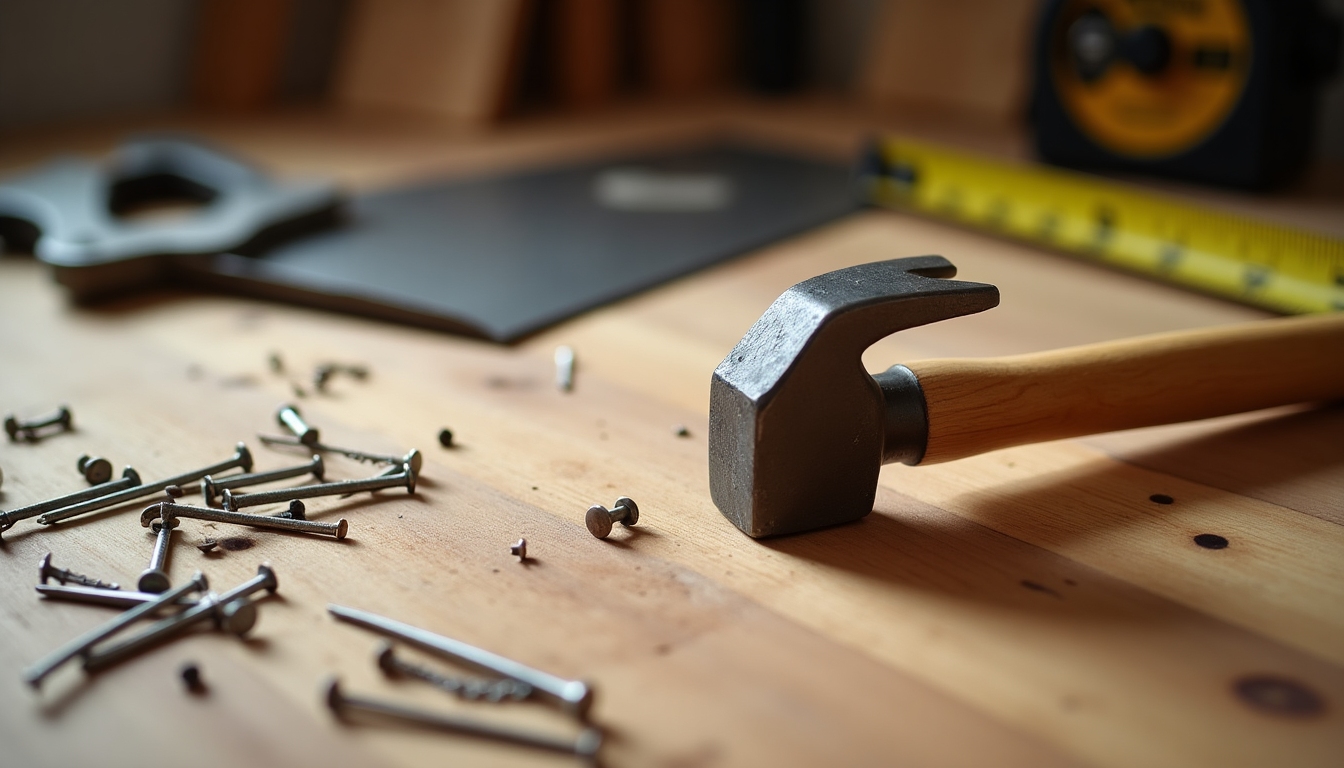The Essential Guide to Tool Belts for Construction Workers
When it comes to working efficiently on a construction site, having the right tool belt can make all the difference. Tool belts for construction workers keep essential tools within arm's reach, improving productivity and safety on the job. In this comprehensive guide, learn how to choose the perfect tool belt and optimize it for your daily tasks.

Understanding Tool Belts and Their Importance
Tool belts are indispensable for construction workers. They provide a convenient way to keep workman tools organized and accessible. By reducing the need to constantly fetch equipment, they save time and effort, which enhances overall productivity. In sourcing the best tool belts, consider durability, comfort, and organization features.
Types of Tool Belts for Construction Workers
- Leather Tool Belts
- Known for durability and a classic look.
-
Best suited for heavy-duty tasks because they can carry more weight.
-
Nylon Tool Belts
- Lightweight and generally less expensive.
-
Offer water and mold resistance.
-
Electrician Tool Belts
- Typically include more pouches for small parts.
- Feature insulated holders for screwdrivers and pliers.
Consider your specific needs and tasks when selecting a belt. Personalize your selection to fit the types of tools you most frequently use.

How to Choose the Right Tool Belt
Choosing the right tool belt can significantly impact your workflow. Here’s a checklist to guide your selection:
- Comfort: Look for padded belts and adjustable straps to ensure a good fit without strain.
- Capacity: Ensure it can accommodate all necessary tools without being cumbersome.
- Accessibility: Opt for designs that keep tools easily accessible and organized.
Many tradespeople share stories of testing various tool belts before finding one that truly fits their work style — illustrating the importance of personalized selection.

Organizing Your Tool Belt for Maximum Efficiency
Organizing your tool belt efficiently can shave minutes off your workday, providing a seamless flow during tasks. Here’s how:
- Tool Placement: Keep frequently used tools on your dominant side.
- Balance: Distribute weight evenly to prevent fatigue.
- Secure Fasteners: Use clips or Velcro to prevent tools from falling when bending over.
These strategies not only improve performance but also contribute to long-term health by reducing strain and discomfort.
Caring for Your Tool Belt
Regular maintenance can extend the life of your tool belt. Follow these tips to ensure longevity:
- Clean Regularly: Remove dirt and grime with a damp cloth.
- Inspect for Wear: Support areas under strain such as tool pockets and loops.
- Condition Leather: If using leather belts, apply conditioner to prevent cracking.
By maintaining your belt, you ensure it stays a reliable partner in your toolbox.

Conclusion: The Importance of the Right Tool Belt
Investing in a quality tool belt can optimize your efficiency and comfort on the job site. Whether leather or nylon, the right belt offers a blend of durability, functionality, and ease of use, catering to the diverse demands of construction work.
Related tool belts for construction workers:
- Mastering Construction Tools: A Comprehensive Guide to Understanding Their Uses
- Guide to Plumbing Tools: Essential Workman Tools for Every Project
- Ergonomic Workman Tools for Comfort: A Comprehensive Guide
- Essential Power Tools for Metalworking
- Essential Tools for Every Handyman
- Explore Specialty Hammers for Crafts & Hobbies
- Unlocking Efficiency: Innovative Painting Tools
- Essential Workman Tools for Metalworking
- Best Wrench Sets for Construction Workers: A Comprehensive Guide
- The Essential Guide to Workman Tools for Plumbing
- Exploring Advanced Electrical Tools for Automation
- Top 10 Tools Every Workman Should Own



